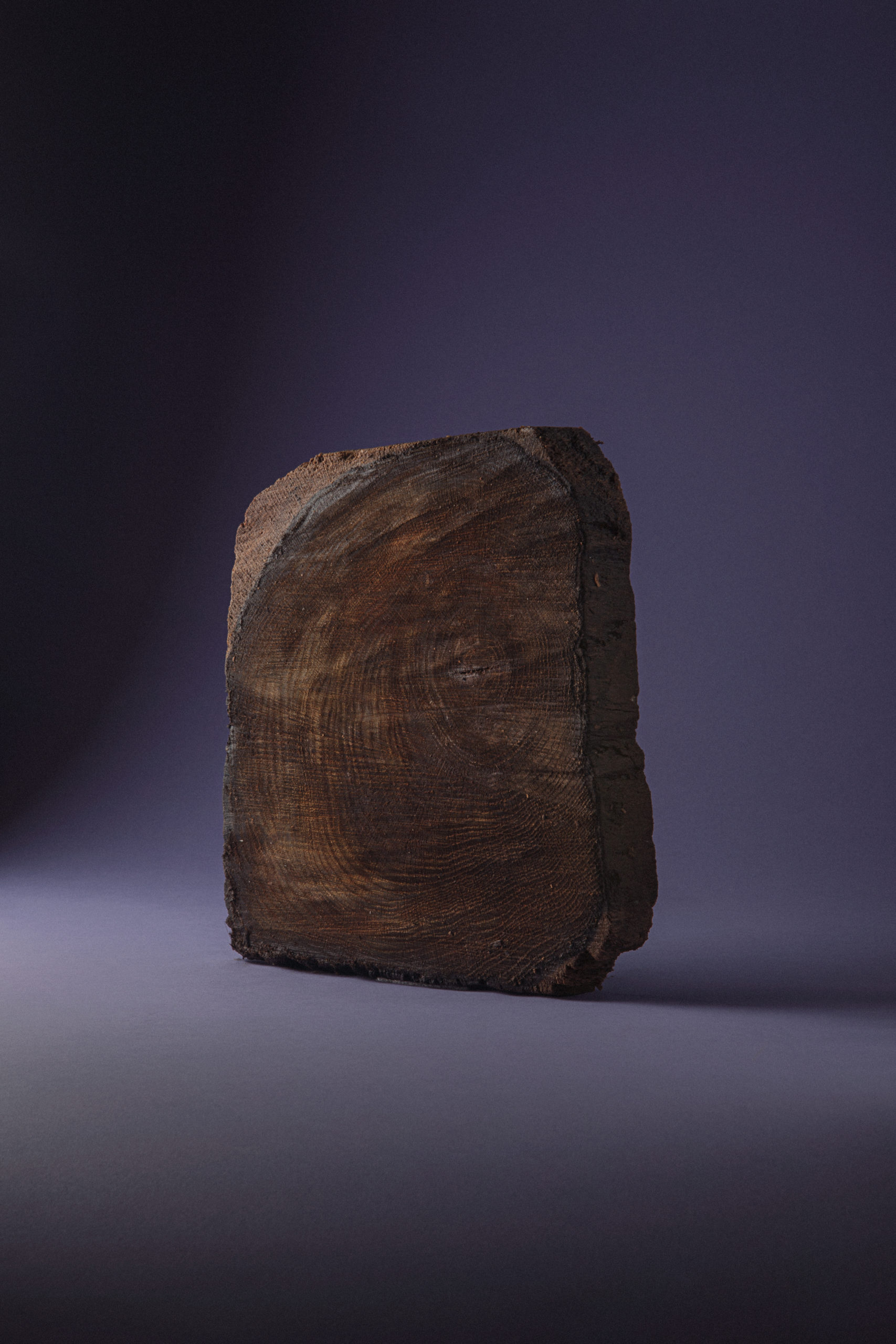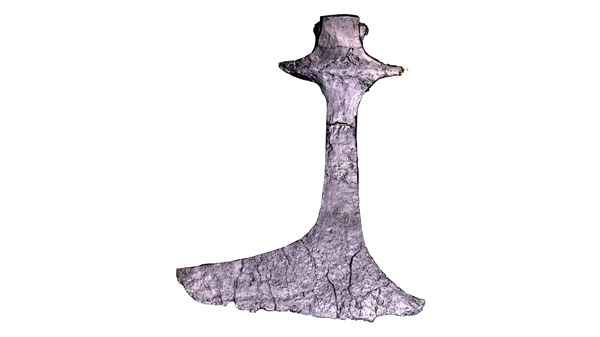
Raw Materials over the Millenia is a strategic collections project with its focus directed towards objects which illustrate the movement of commodities from local, regional and international perspectives in prehistoric and historic times. The project has a timeframe of five years (2017-2021) with the possibility of a further five year extension.
The aim of the project, using scientific border studies, is to investigate the dynamics of fundamental connections seen through the mobility of raw materials over a long term perspective. To begin with, for practical reasons, the project is based on Odense City Museums’ area of responsibility, but in order to reach its full potential, it is crucial that the project’s focus is extended to larger and geographically more dispersed parts of present-day Denmark and neighbouring countries. In this way, the movement of raw materials, trading and exchange systems as well as networks that cannot be immediately identified by traditional typology can be examined on the basis of a completely new data set.
The project has a basic research-oriented focus which is targeted towards mapping the geographical movements and changes that different categories of commodities and resources have undergone over time.
How is the mobility of resources reflected over a long-term perspective? And what does this tell us about society on local, regional and international levels?
These perspectives are very broad and this project will not attempt to cover them in their entirety. However, the ambition is that the project, in addition to mapping different one-dimensional geographical dynamics, will form the basis for analyses and theories which look at complex contexts across time, space, and resource groups – this is directly targeted at the movement of raw materials, but also has a focus on societal structures related to various observed conditions, including the classic problems of country versus city, which characterise the early urbanisation process.
The project is constructed around scientific analytical methods and the provision of three to four basic data elements: 1) Dating; 2) Provenance; 3) Context; and, where possible, 4) Quality. The scientific analytical methods to be used for the provision of data will be broad spectrum and the decisive factor for the project is not the method, but rather the research question that can be answered through scientific analyses.
The resource groups listed below are not exhaustive, however, they meet all the minimum requirements due to their high frequency on archaeological excavations. This is an essential prerequisite for the project’s scope and thus provides the basis for a successful outcome.

The results from the project are to be communicated to both academics and non-academics in speech and in writing via the various classic media, social networks and exhibitions. It is particularly important for the project’s impact at the museum, as well as in Danish archaeology as a whole, that the results appear in both research based and popular science publications. Finally, the project’s results must be scaled up and propagated, nationally and internationally through professional collaborations with colleagues at museums, universities and private providers of scientific analyses. Co-authorships in peer-reviewed journals are an clear way to achieving this ambition.